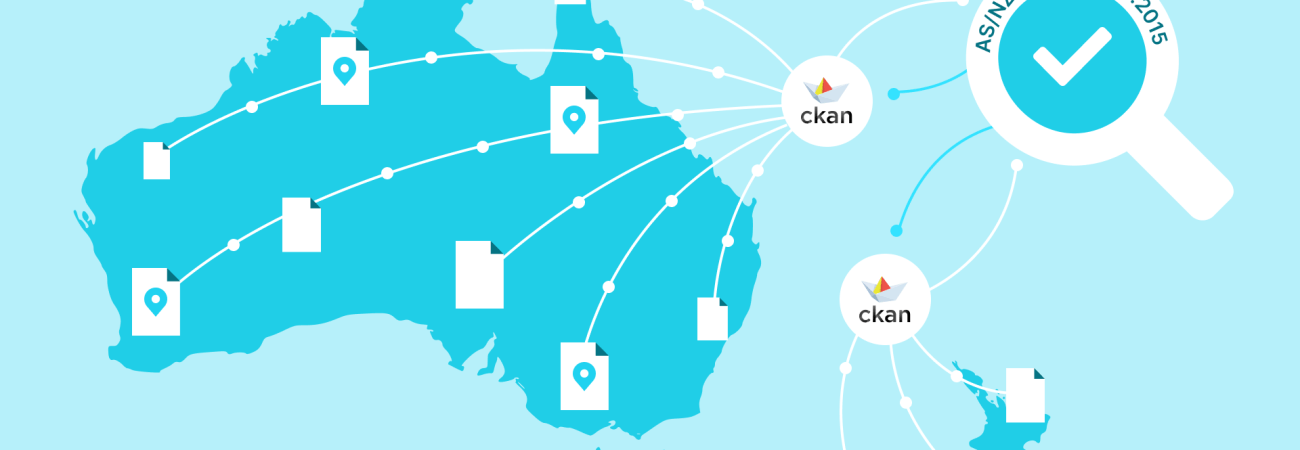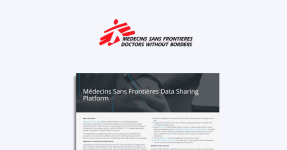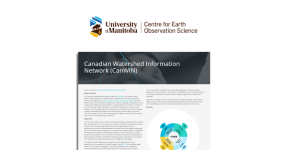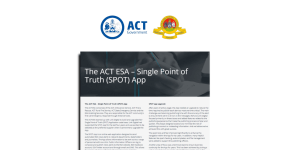ISO19115, which is maintained by the International Standards Organisation, defines the schema required for describing geographic information and services by means of metadata. Within Australia and New Zealand this is approved with minor amendment by Standards Australia and Standards New Zealand. The current approved standard for AU and NZ is AS/NZS ISO 19115.1:2015, which is recommended for use by ANZLIC.
Link Digital’s early work with ISO19115 sought to capture and validate relevant metadata within a data portal for the NSW Office for Environment and Heritage. This work was conducted in 2015 and mapped only the most important fields against an earlier version of the ISO19115 standard within a custom metadata extension for CKAN. Within a few years, the work was expanded and improved by mapping a more complete set of fields within the ckanext-scheming extension.
This year, we completed the third iteration of our work with ISO19115 for the NSW Department of Planning and Environment (DPIE) and have implemented the metadata capture and validation of AS/NZS ISO 19115.1:2015 across three different NSW Government data catalogues.
Upgrading geospatial datasets with metadata prescribed by the latest version endorsed by ANZLIC makes these datasets easier to find and use, and makes the catalogues themselves interoperable to the level of current best practice.
This journey, of a single aspect of a data catalogue’s maturity, is a good demonstration of the value we provide our clients when employing our product development methodology over the long-term service life of a managed services agreement.
Project Challenges
For the most recent iteration of work, one challenge was the lack of a validator that works with AS/NZS ISO 19115.1:2015. This required us to infer requirements and implement a validator directly from the standard’s specification. We did this before implementing the schema to ensure that it would be compatible with the new standard.
Complexity within the standard required a careful observance to conditional elements and nested structures. This would have been very difficult without the use of ckanext-scheming, which has strong support for nested structures.
The Value
Adoption of the latest metadata standards for describing geographic information ensures a higher level of interoperability between data portals, providing more value to end users by strengthening the whole ecosystem of geospatial data providers.
With the work to map the latest ANZLIC endorsed version of ISO19115 for CKAN based data portals completed, along with a complimentary validator in place, our clients can already register and validate geospatial datasets on three of the NSW Government portals we support. Those being the Planning Data Portal, SEED and an Internal Asset Register used by DPIE. This is great news for other agencies in Australia and New Zealand that wish to comply with AS/NZS ISO 19115.1:2015 within their own CKAN based data portals.
If you would like to learn more about CKAN and how you can comply with ISO19115 within your own data portal please get in touch.








